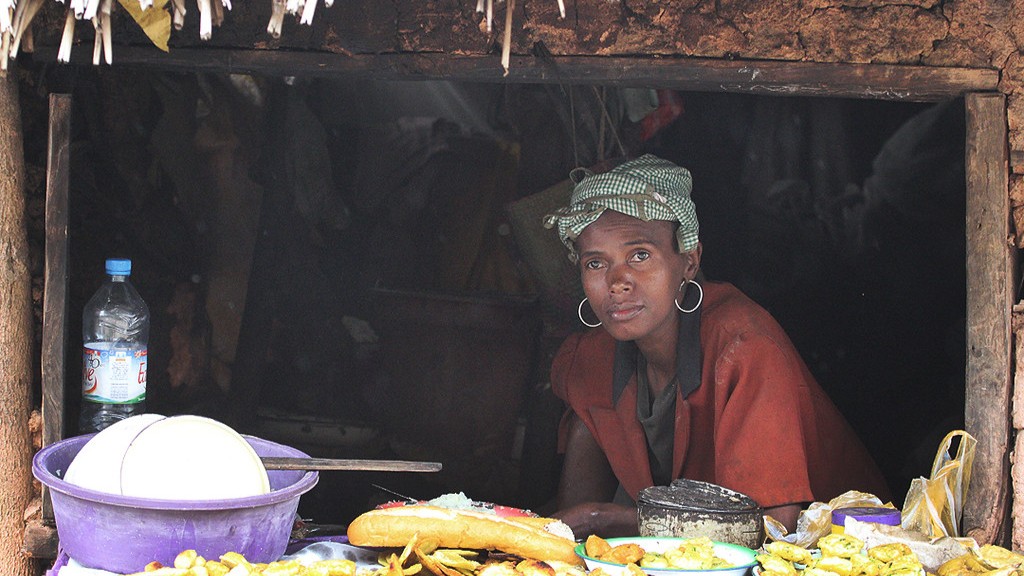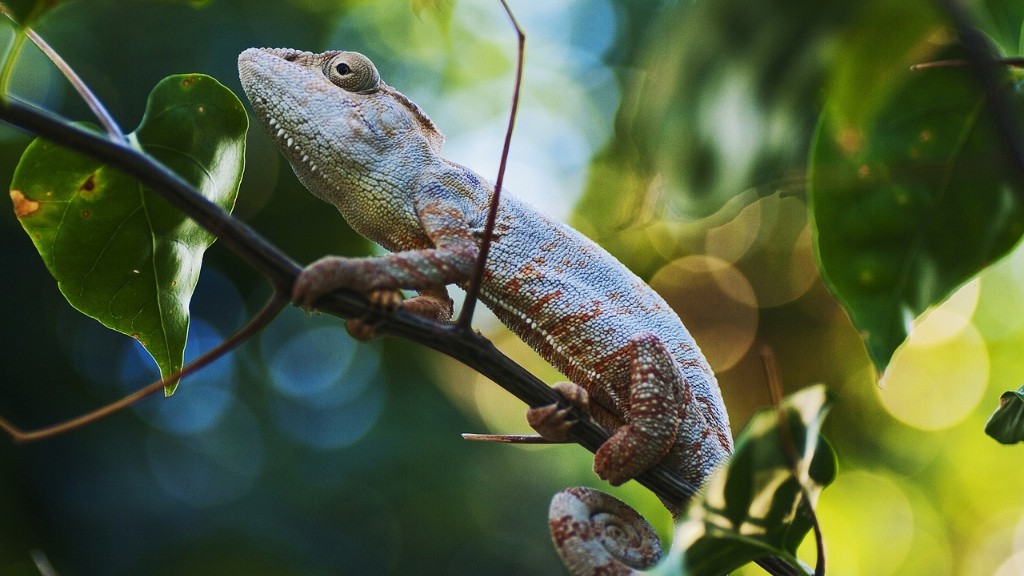How Far Do Madagascar People Walk for Water
Madagascar, an island located off the southeastern coast of Africa, is known for its unique wildlife, stunning landscapes, and vibrant culture. However, beneath its natural beauty lies a harsh reality for many Malagasy people – the daily struggle to access clean water. Water scarcity is a persistent issue in Madagascar, with a significant portion of the population living without access to safe and reliable water sources.
Background:
Water scarcity in Madagascar is mainly attributed to inadequate infrastructure, poor sanitation practices, and the impact of climate change. According to the World Bank, only 53% of the total population in Madagascar has access to improved water sources.
Data and Perspectives:
The distance that people in Madagascar have to travel to fetch water can vary based on their location, environmental conditions, and resources available. In some remote areas, individuals may need to walk several kilometers daily to reach the nearest water source.
Poverty exacerbates the water crisis in Madagascar, as families living in extreme poverty often can’t afford to invest in infrastructure to access clean water. As a result, they must rely on distant water sources like rivers, streams, or even puddles, which may not be safe for consumption.
Experts working on water-related initiatives in Madagascar emphasize the need for integrated approaches to address the issue. This includes investing in the development of water infrastructure, educating communities about proper sanitation and hygiene practices, and promoting sustainable water management techniques.
Insights and Analysis:
The daily journey for water not only affects the physical well-being of individuals but also hampers educational opportunities, as children, particularly girls, often bear the responsibility of water collection. The long hours spent walking and waiting for water limit their time for schooling and personal development.
Moreover, the lack of access to clean water perpetuates a cycle of poverty, as waterborne diseases are prevalent in areas with poor water and sanitation conditions. Illnesses like cholera and diarrhea pose grave health risks and can lead to missed work or school days, further impeding economic and social progress.
Water Scarcity and Environmental Impact
Water scarcity in Madagascar is increasingly exacerbated by the effects of climate change. Irregular rainfall patterns, prolonged droughts, and the depletion of freshwater sources contribute to this challenging situation. The loss of forest cover due to deforestation further compromises the availability of water resources, as forests play a vital role in maintaining water cycles and preventing soil erosion.
The impact of water scarcity on biodiversity in Madagascar is also a concern. Many unique plant and animal species depend on specific water ecosystems that are facing degradation. The depletion of water sources can lead to the loss of vital habitats, disrupting the delicate balance of Madagascar’s ecosystems.
Efforts are being made to address these environmental issues through reforestation initiatives and the conservation of water catchment areas. These projects aim to restore ecosystems and protect water sources, ensuring the long-term sustainability of Madagascar’s natural resources.
Community Solutions and International Aid
Communities in Madagascar are resilient and resourceful, developing innovative solutions to cope with water scarcity. Some villages have implemented rainwater harvesting techniques, such as constructing rooftop catchment systems and storage tanks, to collect and store rainwater during the rainy season for use during drier periods.
International organizations and NGOs, recognizing the urgency of the water crisis, have also been actively involved in providing assistance. They support initiatives such as drilling boreholes for clean water access, implementing water filtration systems, and conducting educational programs on sanitation and hygiene.
However, to achieve sustainable change, long-term investments in infrastructure, education, and policy changes are crucial. Collaboration between local communities, national institutions, and international partners is necessary to address the multifaceted challenges of water scarcity in Madagascar.
Conclusion
The water crisis in Madagascar poses significant challenges to the well-being and development of its people. Access to clean water is not only a basic human need but also fundamental for economic growth, improved health outcomes, and environmental sustainability.
Addressing water scarcity requires not only short-term interventions but also long-term strategies that address the root causes of the problem. By investing in infrastructure, promoting sustainable practices, and raising awareness, we can work towards a future where all people in Madagascar have safe and reliable access to clean water.




